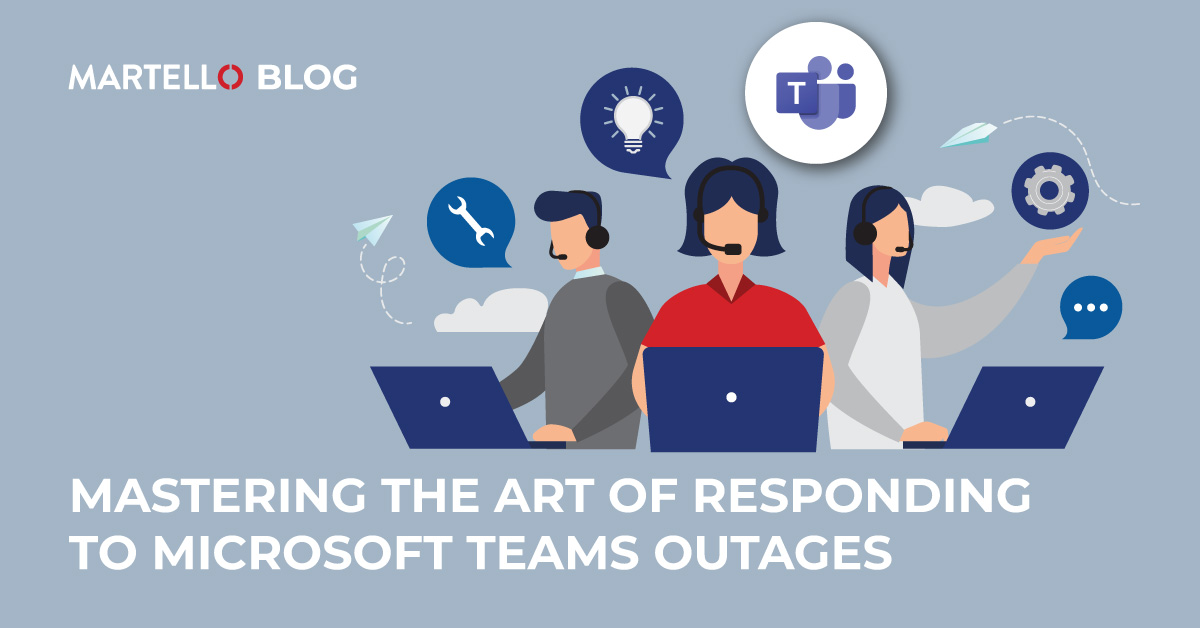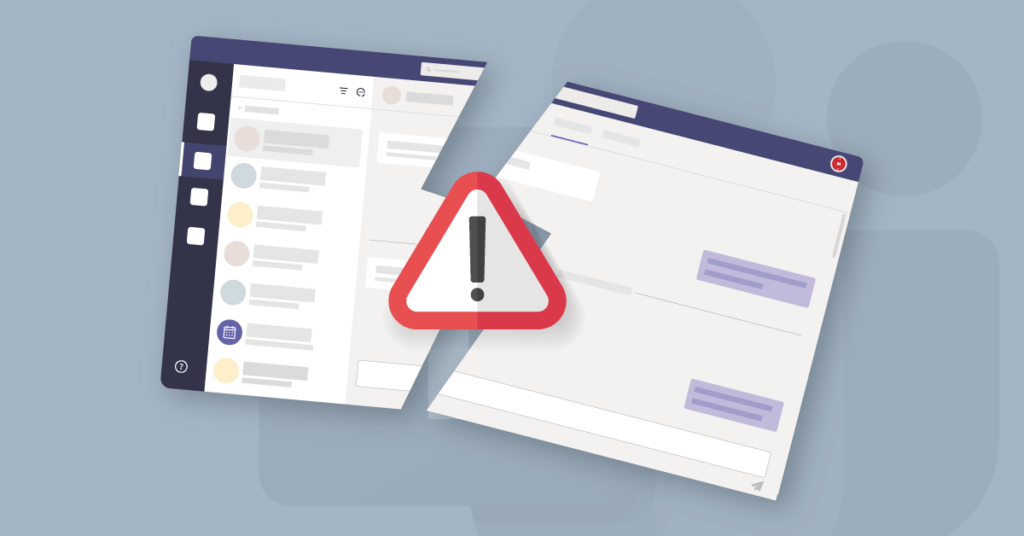Responding to Microsoft Teams Outages
Outages
In today’s business landscape, Microsoft Teams has become the go-to communication and collaboration platform for organizations worldwide. However, when an outage strikes, it can significantly impact IT teams and employee productivity. The good news is that by implementing a strategic Microsoft Teams outage response plan, you can minimize the risk, increase visibility, and keep your operations running smoothly. In this article, we’ll explore three best practices that will empower you to respond effectively to Microsoft Teams outages.
Real-time Outage Detection

Relying on Microsoft or your users to inform you of an outage puts you in a reactive position, where significant business disruptions may already be occurring. To mitigate this, prioritize real-time detection and qualification of outages. By leveraging proactive monitoring tools, you can swiftly identify and assess any service disruptions or availability issues. Being proactive allows you to address the problem before it spirals into a major setback.
Establish a Robust Response Plan
To tackle outages effectively, establish a well-defined response plan based on the severity and scope of the incident. Start by setting thresholds to determine the number of affected users and the impacted areas. This proactive approach helps you stay on top of performance dips and service disruptions. By predetermining your response strategy, you can quickly mobilize resources, allocate tasks, and communicate with stakeholders. A strong response plan ensures a streamlined and coordinated effort to minimize downtime.
Determine Responsibility
During a Microsoft Teams outage, determining the responsible party is crucial for prompt resolution. Is the issue with Microsoft’s infrastructure, your ISP, a local network problem, or your PSTN provider? Identifying the root cause enables you to focus your troubleshooting efforts in the right direction. Collaborate with relevant stakeholders, leverage diagnostic tools, and investigate the potential causes to expedite the resolution process. By pinpointing responsibility, you can optimize your Microsoft Teams outage response and minimize the impact on your business.
The Vantage DX Advantage: Your Comprehensive Microsoft Teams Outage Response Solution
To enhance your outage response capabilities, consider implementing Martello’s Vantage DX, a comprehensive solution designed to proactively detect and troubleshoot Microsoft Teams performance issues. With Vantage DX, you can gain real-time visibility into your Teams environment, identify bottlenecks, and address potential problems before they affect your users. By leveraging this powerful tool, you can ensure a proactive approach to outage management, minimizing downtime, and maximizing productivity.
While Microsoft Teams outages can disrupt your business operations, a well-crafted Microsoft Teams outage response plan can make all the difference. By incorporating the three best practices outlined in this article—real-time outage detection, a robust response plan, and determining responsibility—you can minimize the impact of outages on your organization. Remember, the key to a successful response lies in proactive monitoring, effective coordination, and leveraging tools like Vantage DX.
Check out our latest video to get the best practices to minimize the disruption from an outage and keep productivity flowing.


